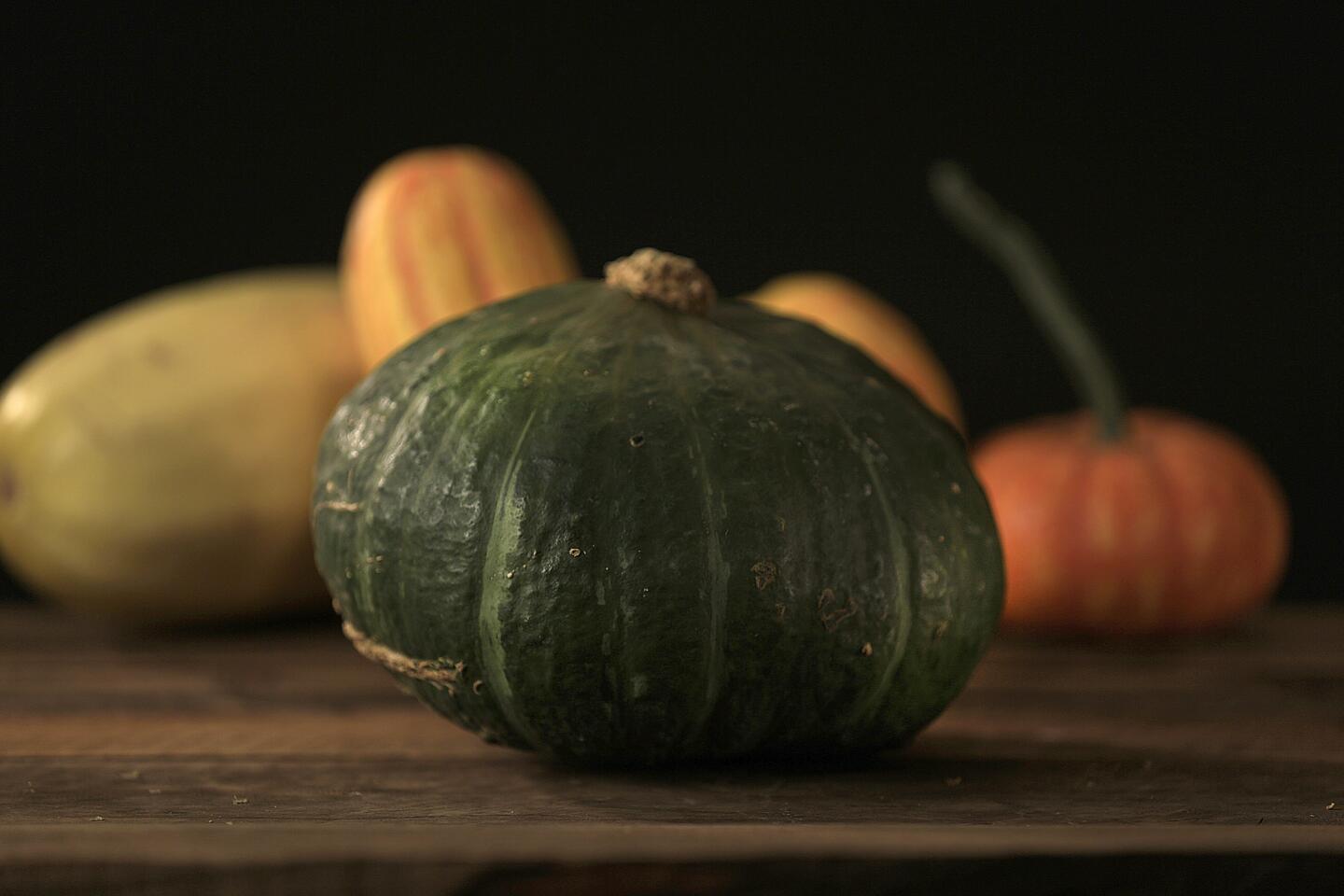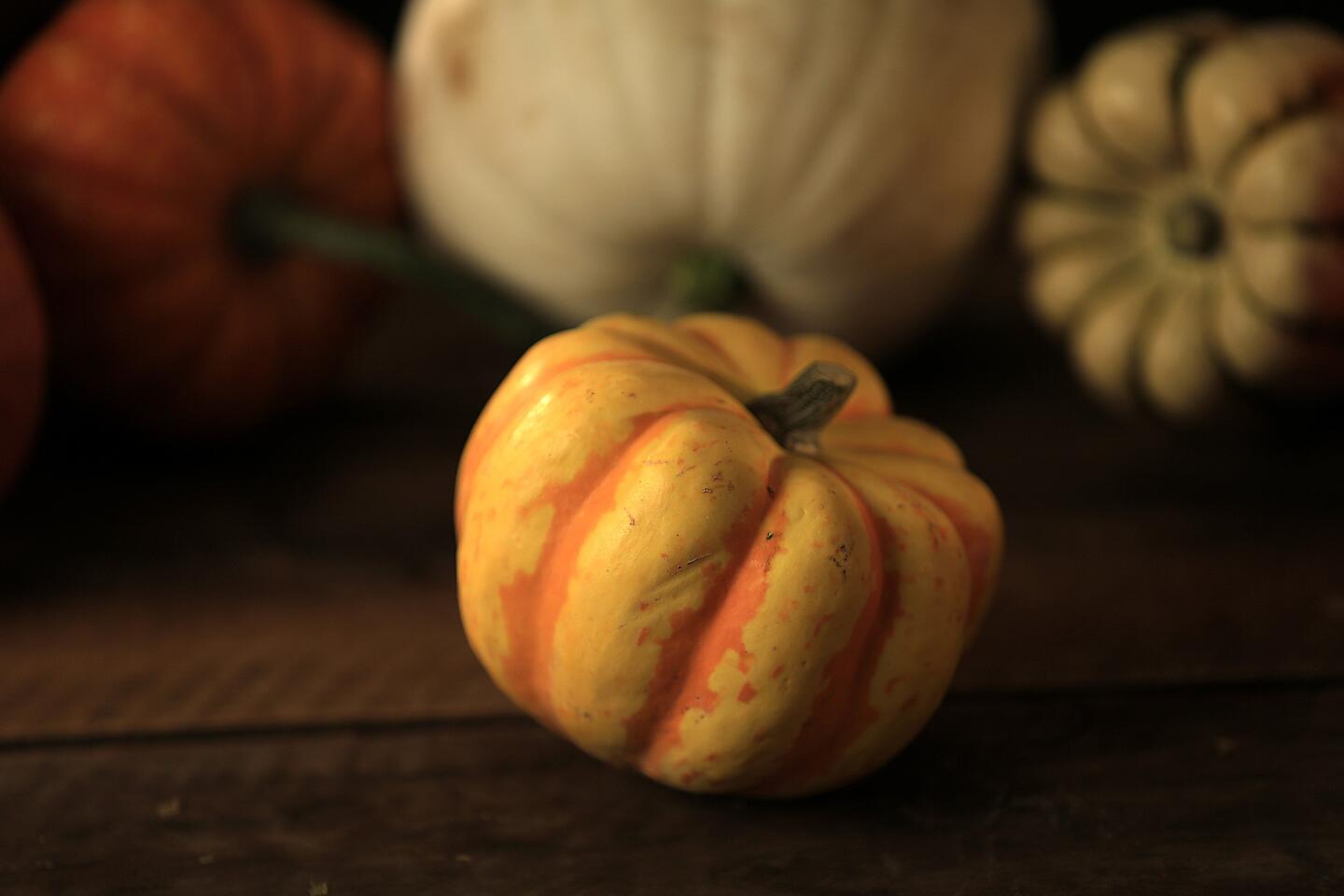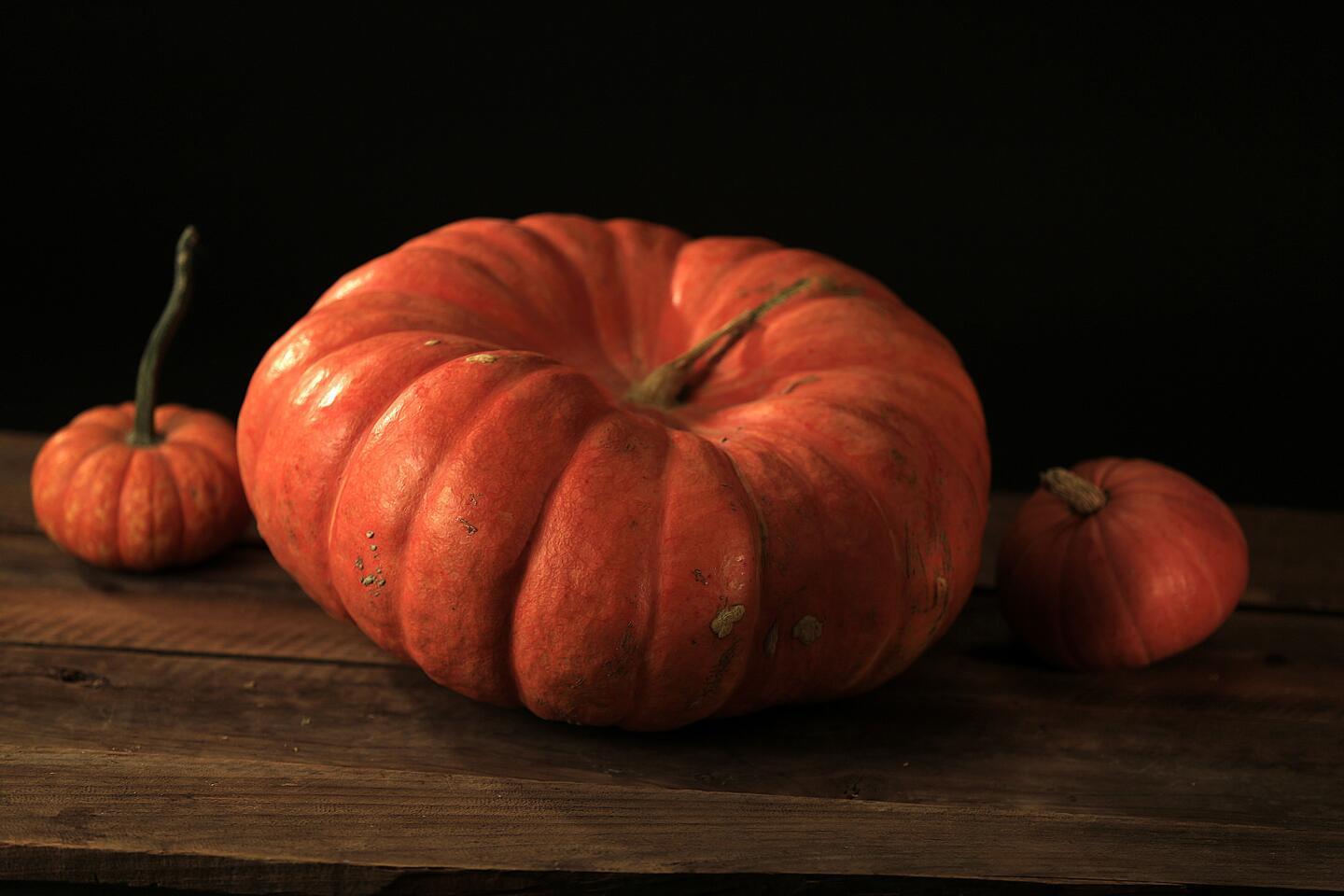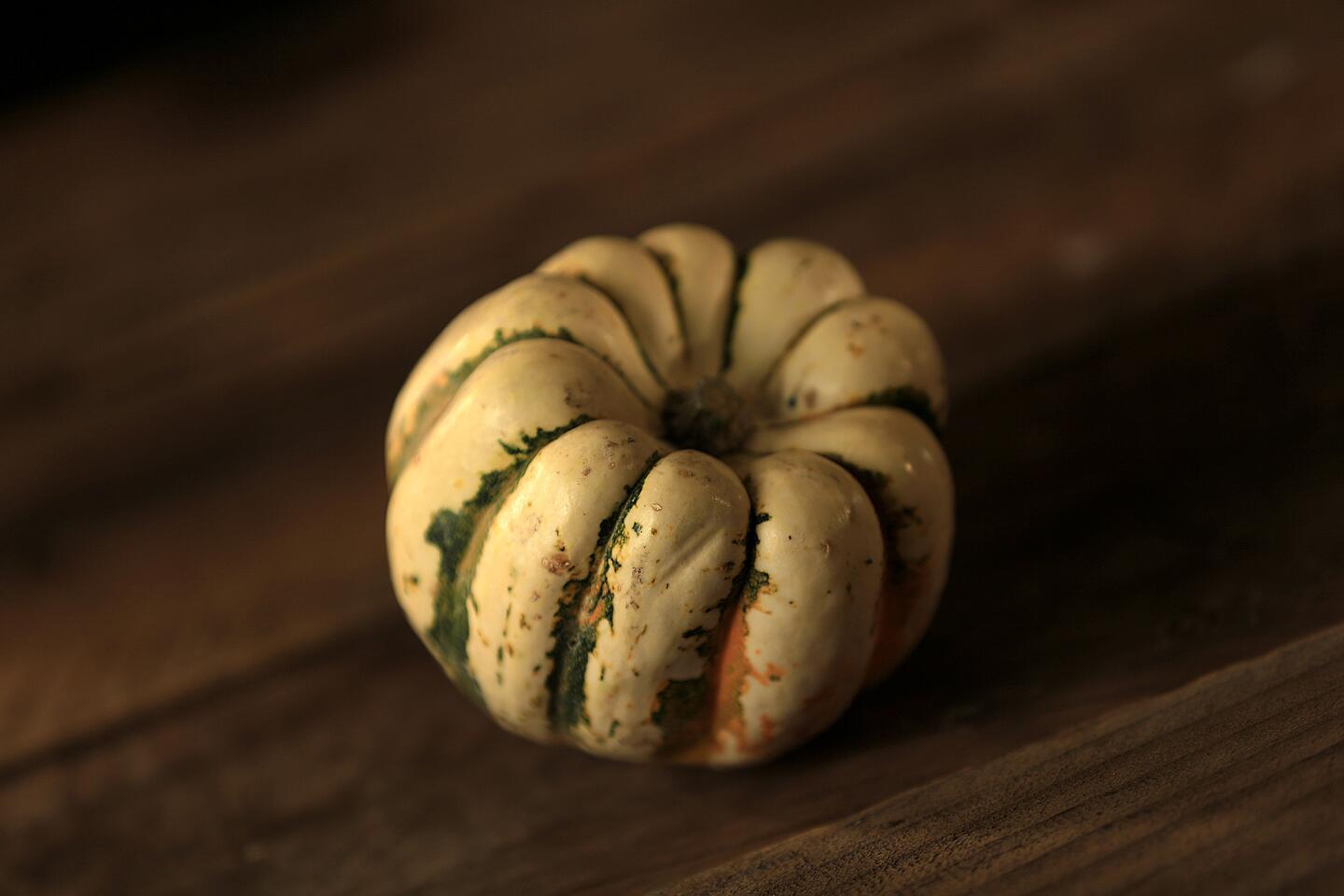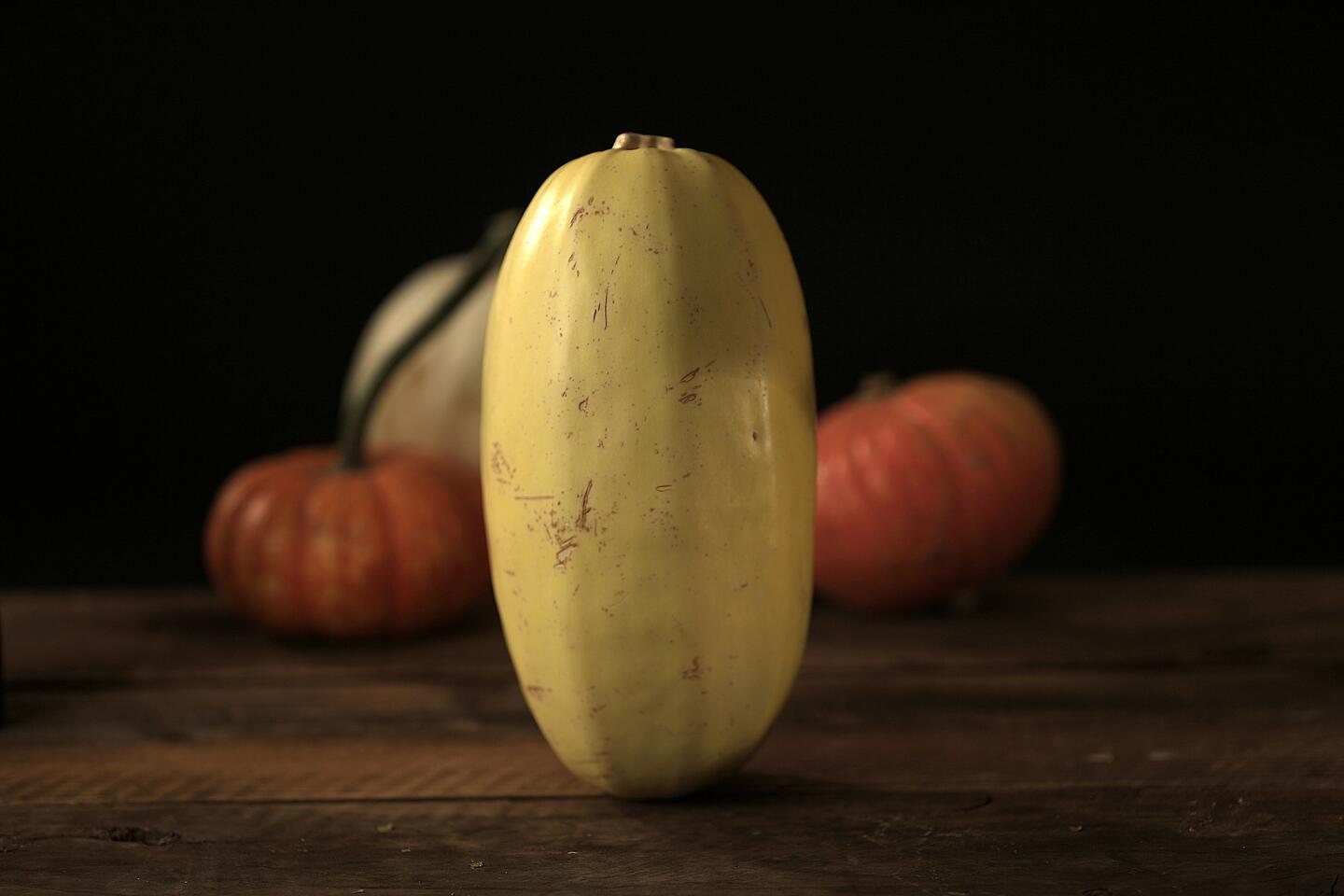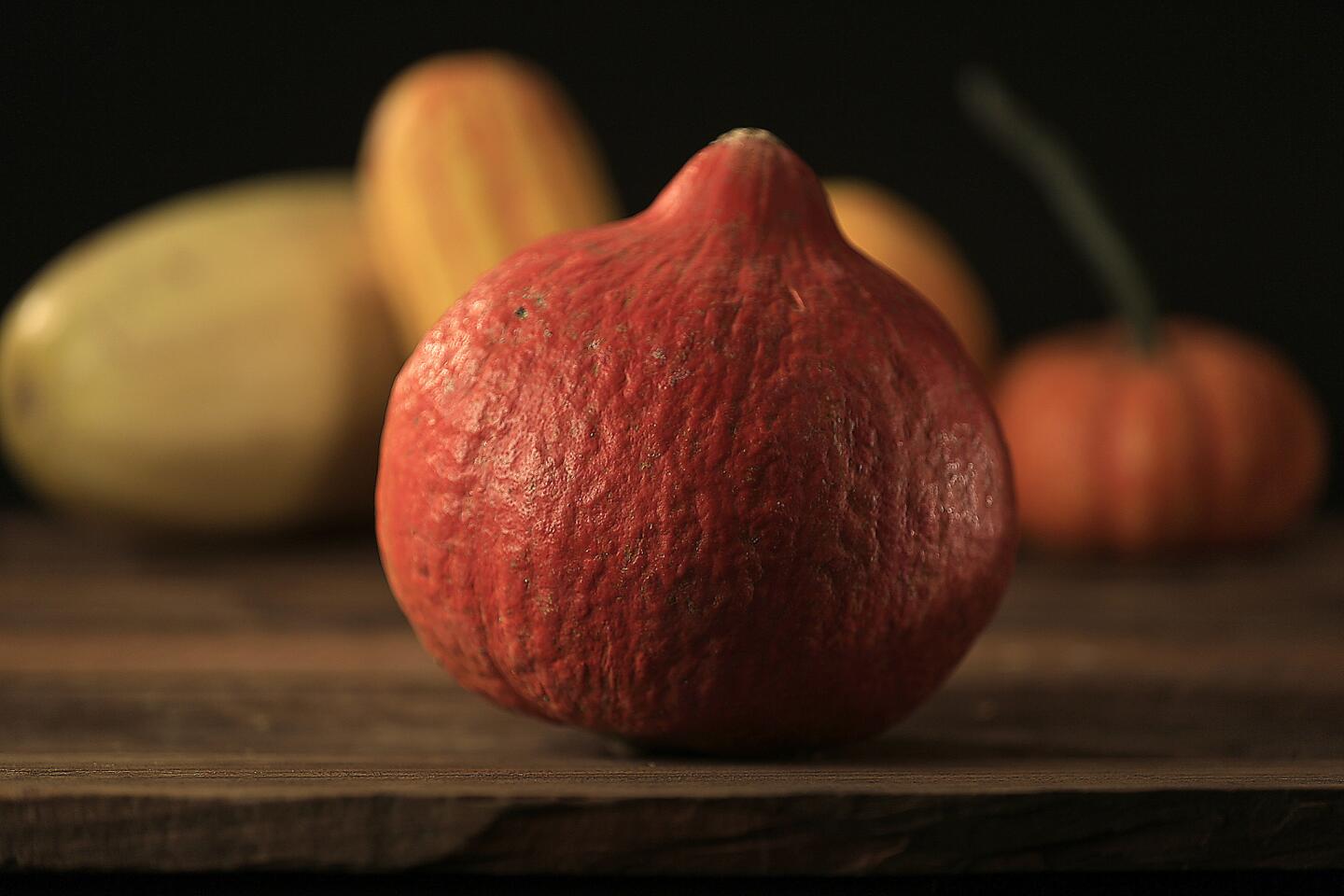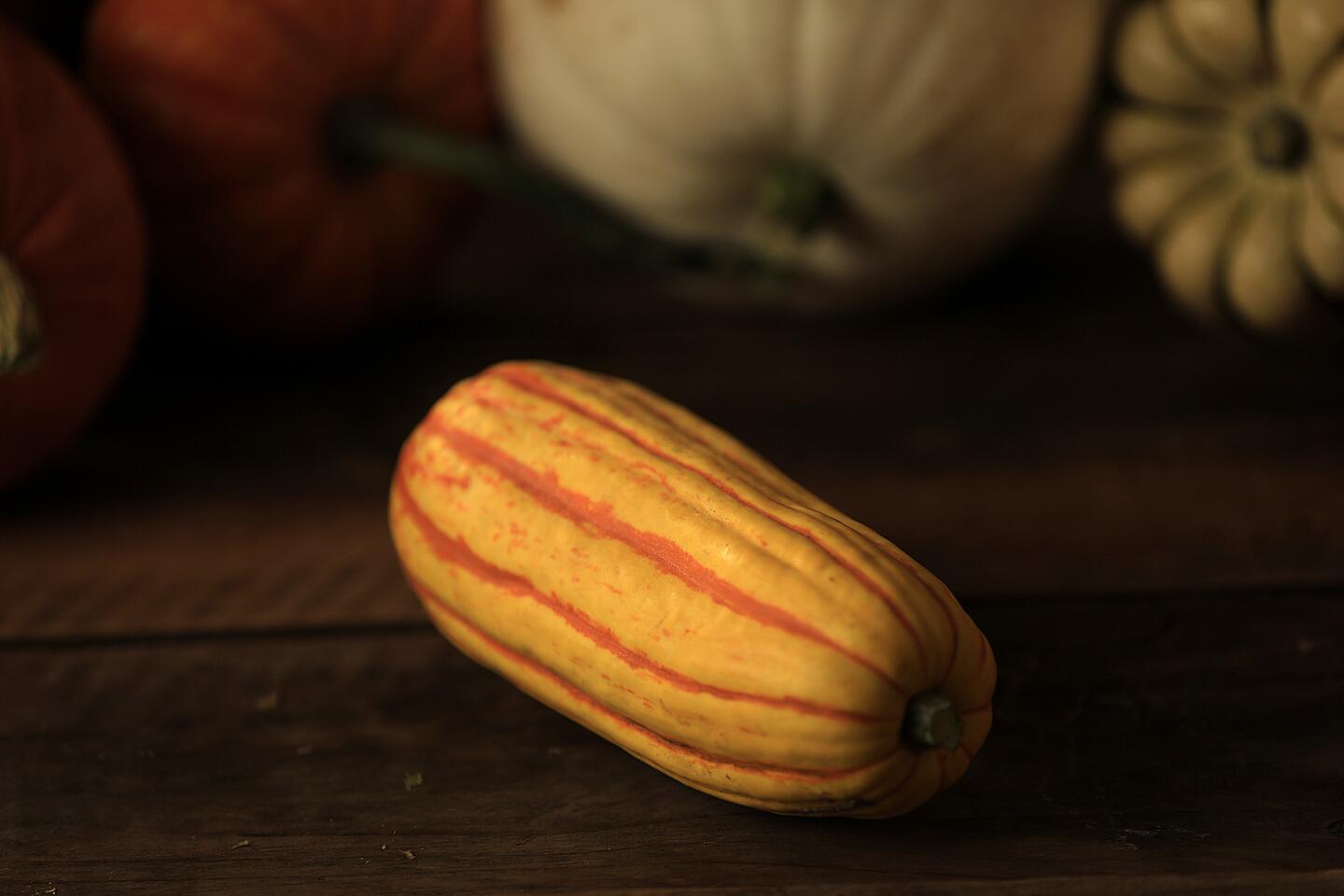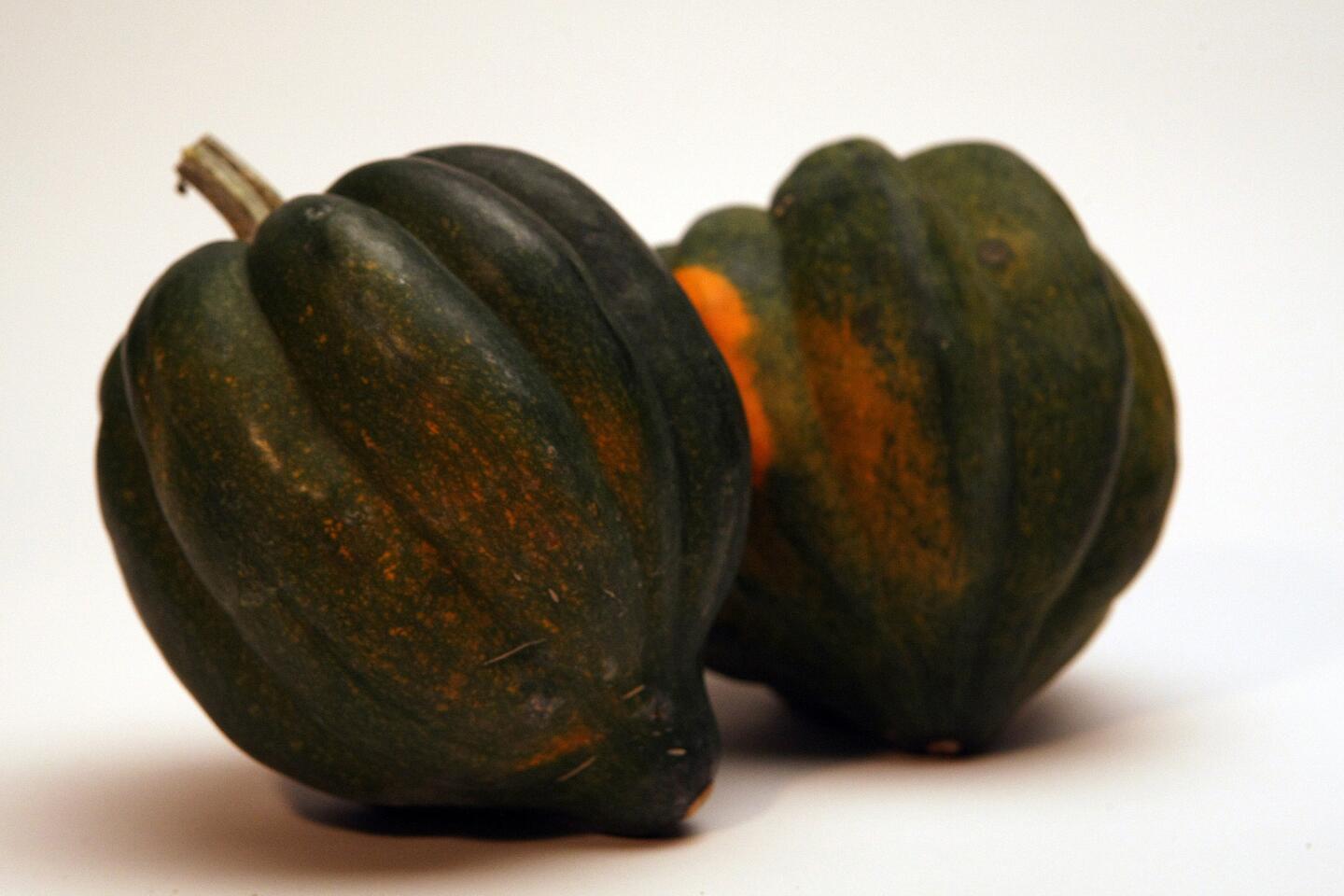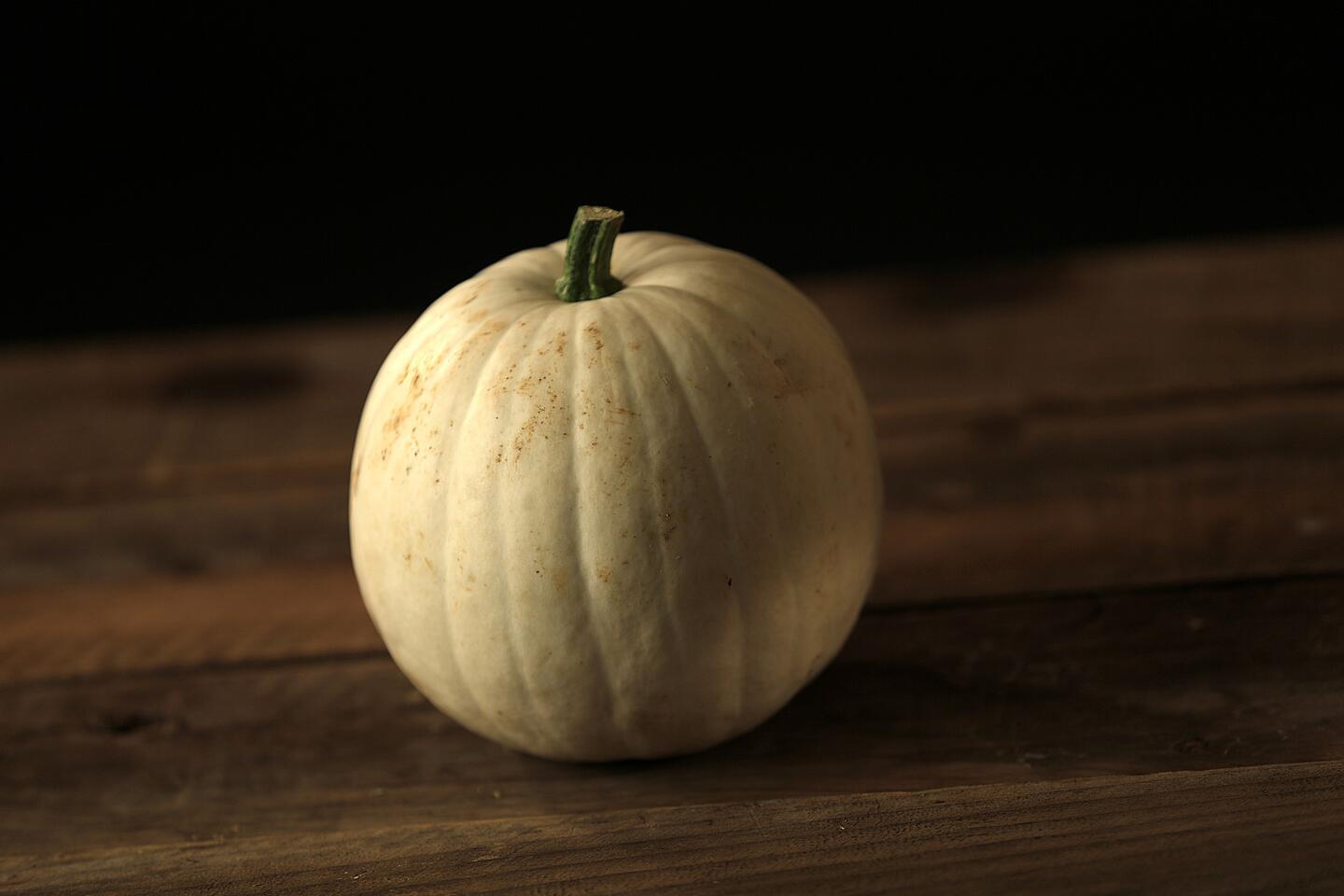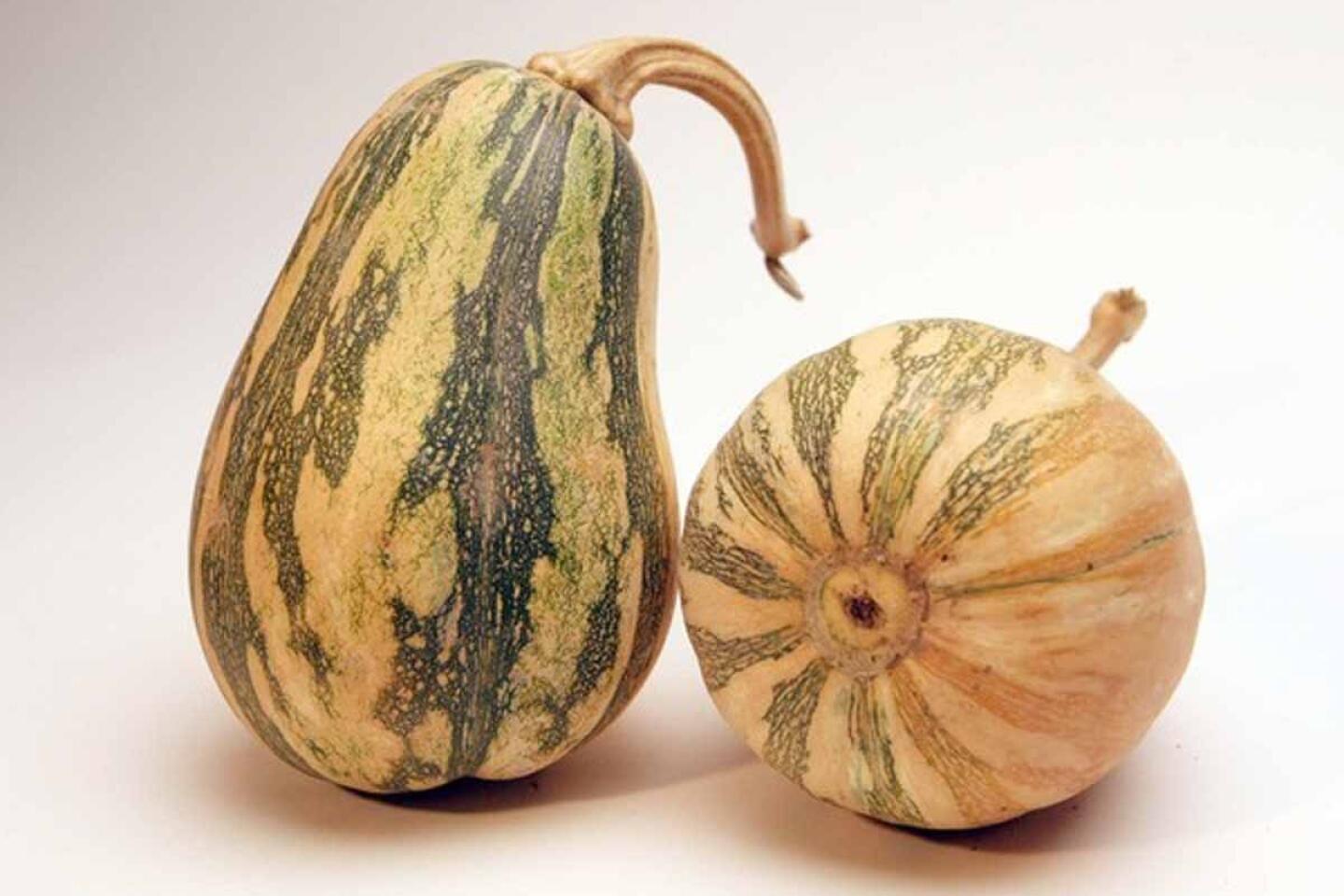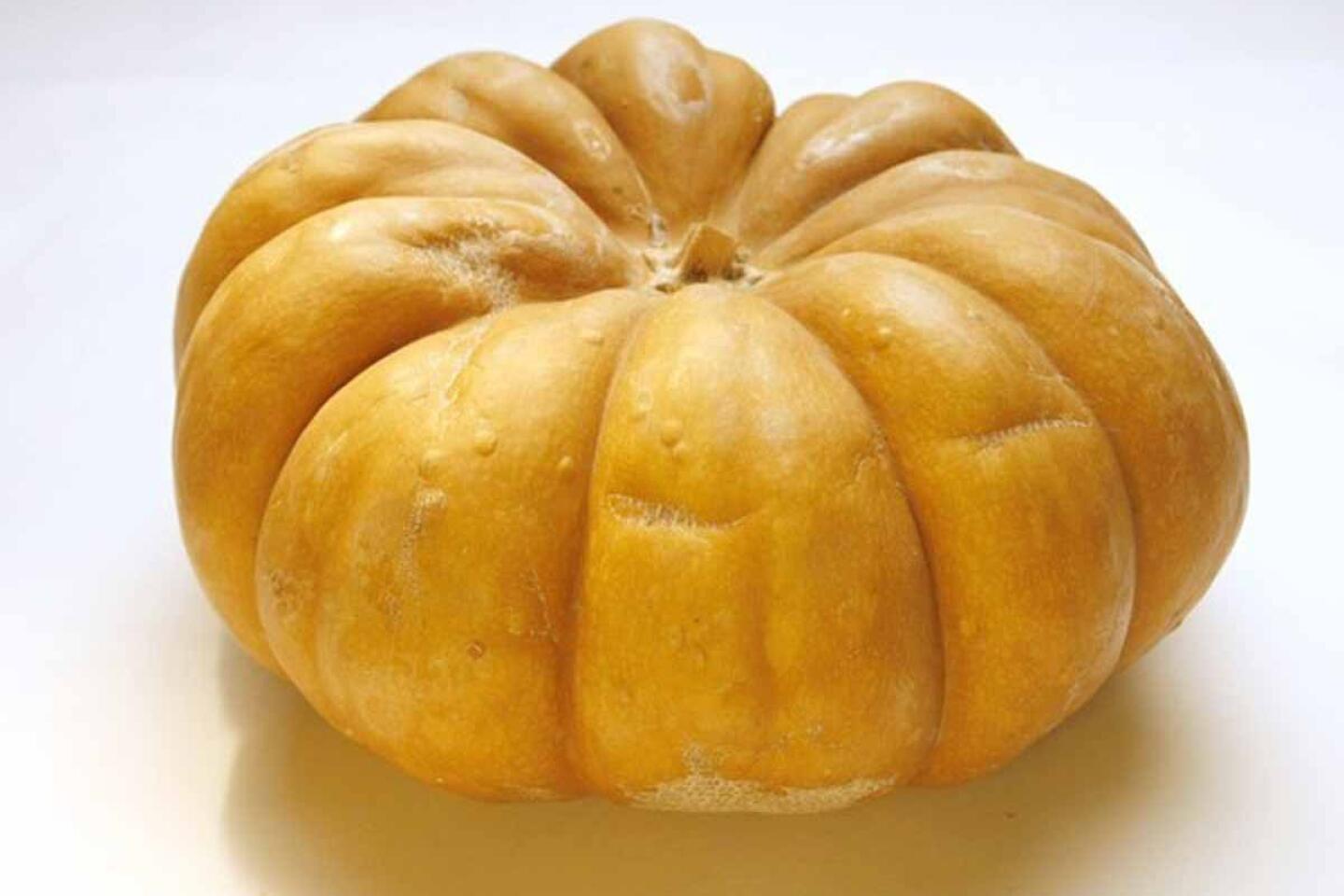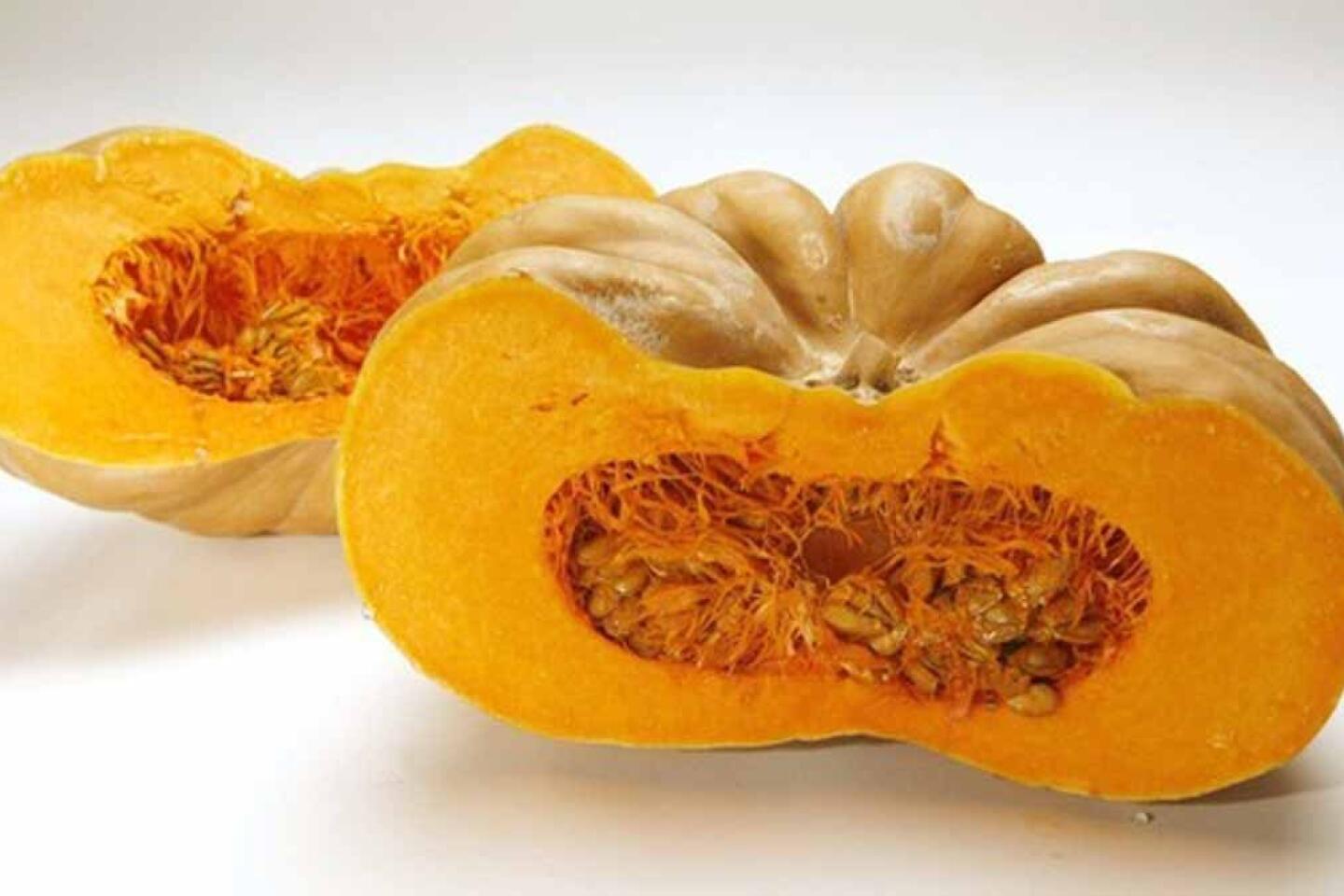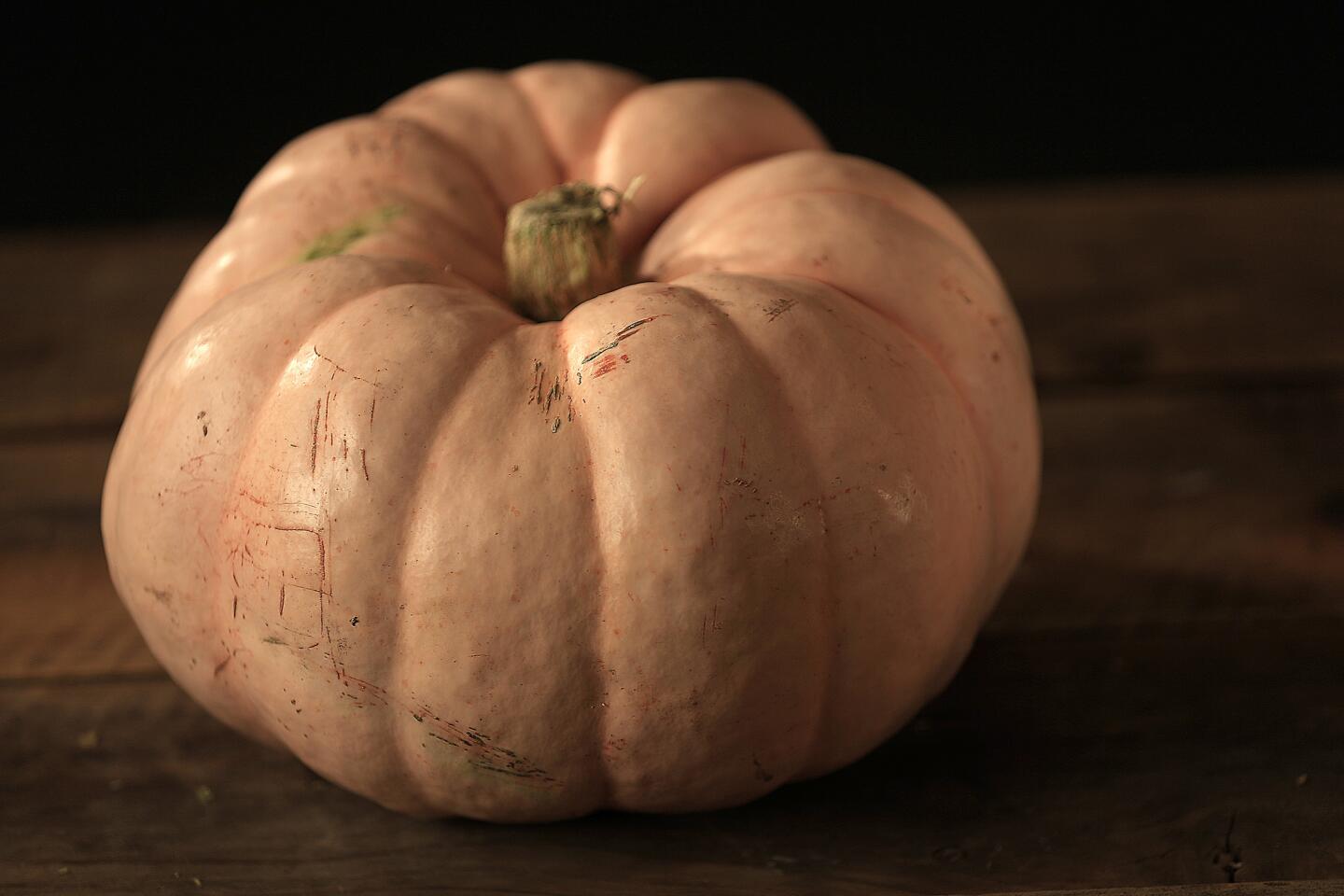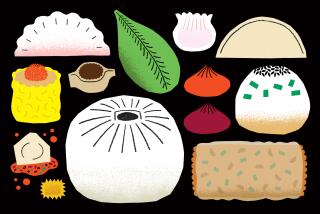The world of squash isn’t such a complicated place
Puzzled by the dozens of winter squash varieties in the market this fall? Don’t worry, you’re not alone. In fact, even botanists who study them have a hard time deciding which squash belongs to which family and whether golden dumpling is more closely related to delicata or to acorn. Small wonder, as there are at least 350 varieties — and that’s just those commonly grown in North America.
Generally speaking, winter squash are best after they’ve been left to mature fully on the vine. That’s why they have harder shells than summer squash, such as zucchini, and it’s also why they are sweeter and starchier (or, in some cases, stringier).
SIGN UP for the free In the Kitchen newsletter >>
If you’re of a certain mind, exploring the various far-flung members of the winter squash family can be entertaining. Certainly you’ll rarely find a group of vegetables more varied-looking and yet more consistently beautiful. But for most people — who probably just want to know which types to purée for soup — narrowing the focus is a better idea. If I had to choose three commonly available varieties that were best for eating, they’d be butternut, acorn and kabocha. More varieties are coming to market these days; great ones to experiment with include red kuri, buttercup, delicata and carnival.
Look for squash that have hard, corky stems still attached; that have deep, vibrant colors; and that have a flat, matte-like finish rather than being glossy and shiny. A final trick: Try digging into the shell with your thumbnail; it should be very hard to penetrate.
You can cook squash all kinds of ways, but probably the best general technique is roasting. Cut the squash in half, remove the seeds and place it cut-side down on a foil-lined baking sheet. Roast at 400 degrees until the meat is tender enough that a paring knife slips in easily, about an hour. You can serve this as-is, basted with butter and warm spices, or spooned from the shell to use as you wish. This will work well with almost any kind of winter squash. Thin-skinned squash such as butternut and delicata can be simply sliced thin and roasted, ala Yotam Ottolenghi. The skin can be peeled or not as you wish.
Because choosing winter squash might be confusing, but cooking them is easy.
ALSO:
Should we be carving jack-o’-lanterns during a drought?
Celebrating Dia de los Muertos with candied pumpkin tamales
More to Read
Eat your way across L.A.
Get our weekly Tasting Notes newsletter for reviews, news and more.
You may occasionally receive promotional content from the Los Angeles Times.
